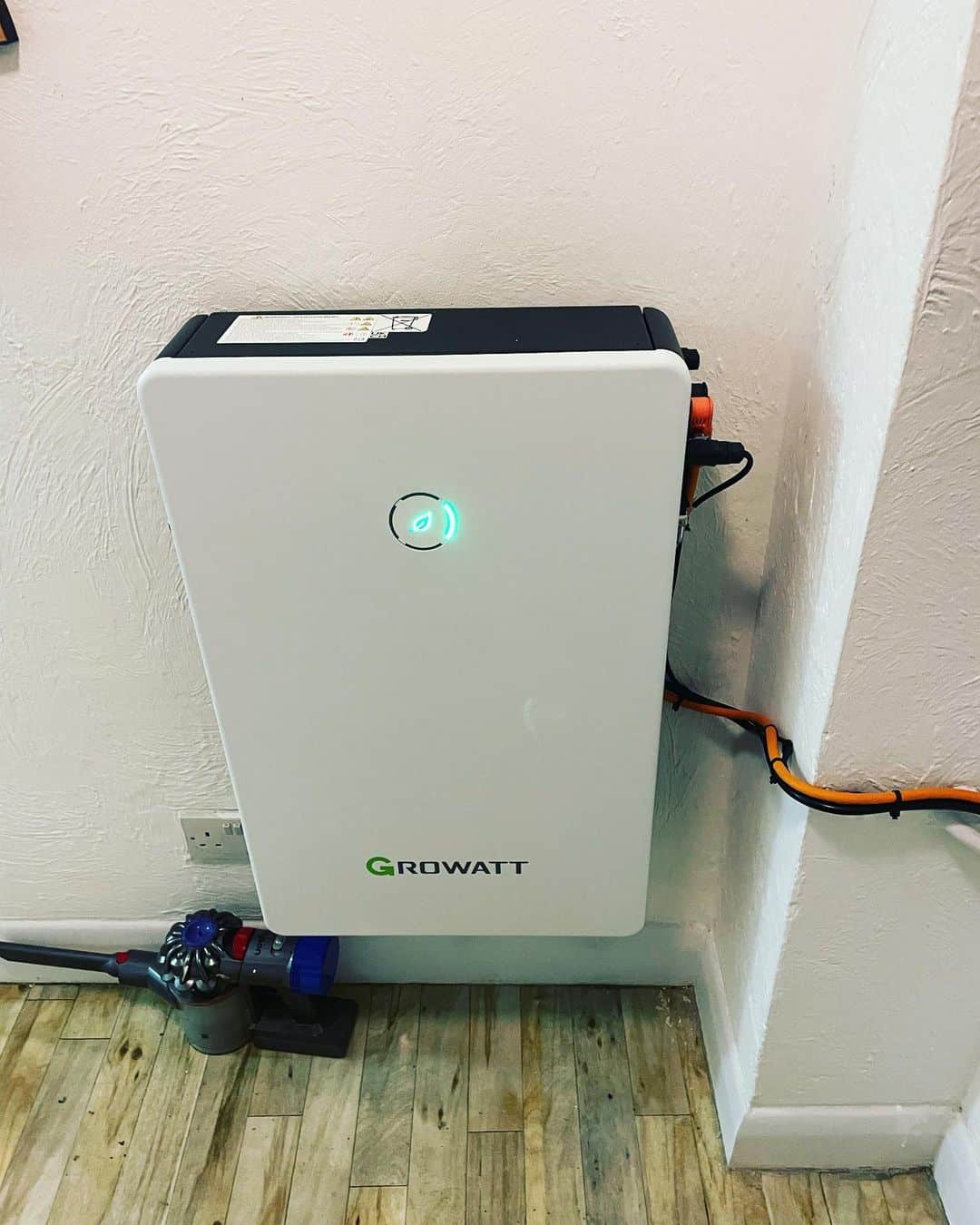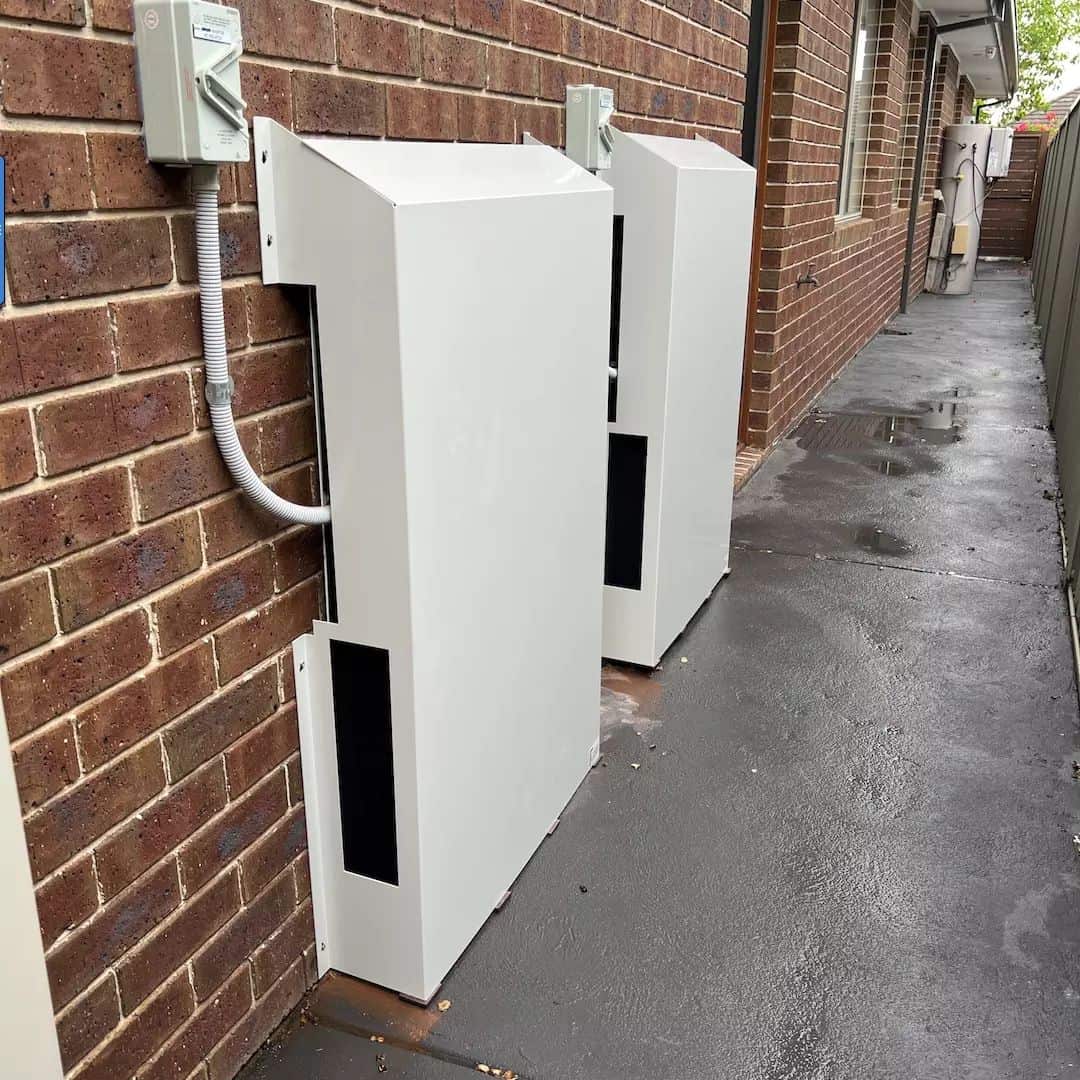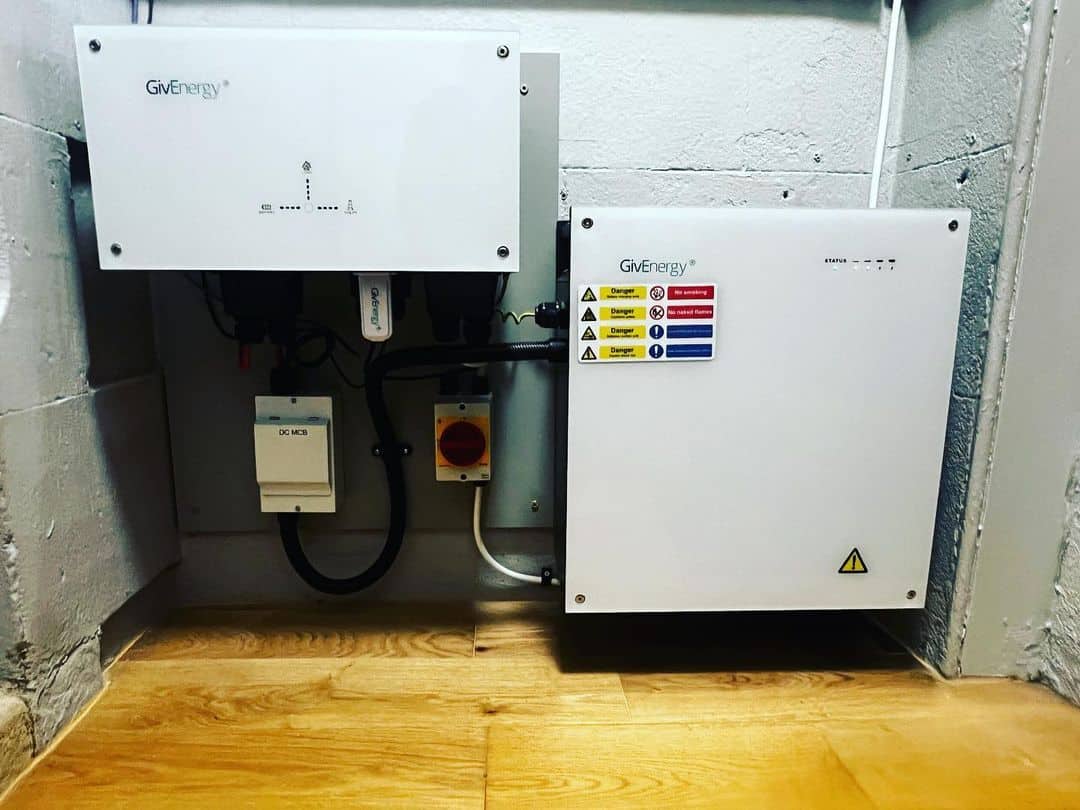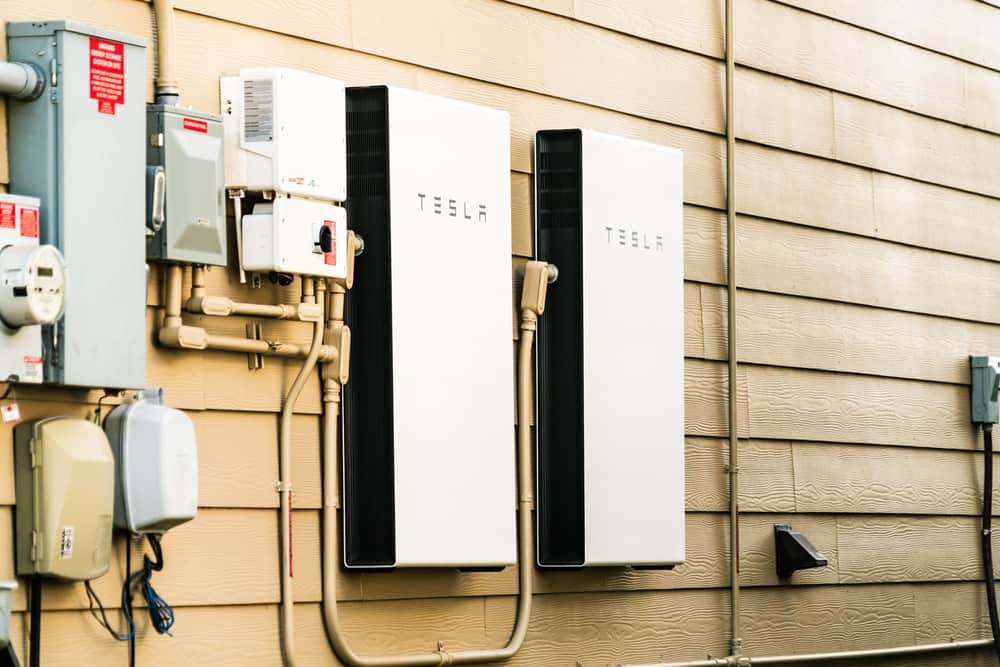Charging your solar battery is a great way to make use of renewable and clean energy. Before you begin charging your solar battery, you will need to have a charge controller to aid with the regulation of voltage getting into the battery.
Taking proper care of your solar battery is key to decreasing the overall cost of this off-grid solar electricity system and also extending the lifespan of the battery.
In this article, we will be walking you through the quick and easy steps you can take to charge your solar battery the correct way.
Easy Steps to Charge a Solar Battery
These are the steps you should take if you are looking to charge your solar battery without any hassle.
Step1. Determine The Wattage of Your Solar Panel
If you check the back of your solar panel, there should be a sticker that shows you the watts that can be produced by it. For instance, you could see 200W pasted on the back of the panel. This signifies that the array can produce 200 watts of solar energy.
If your solar panel does not come with this indication, you can utilize a multimeter to determine the wattage of the panel. You need to be sure of the wattage so that you can get the right charge controller to prevent the solar panel from damaging your battery.
Step2. Find Out the Amps Your Charge Controller Would Need
To find out just how many amps the charge controller would require to have the right handling to charge your solar battery properly, you would need to divide the solar panel wattage by the voltage of the battery you wish to charge. The voltage of the battery will most likely be listed on the unit.
You will find that the rating of charge controllers is usually in multiples of 30 amps, so you need to round it up to the next rating when you determine your number. For instance, if you have a 10V battery and a 200W solar panel, you would need to divide 200 by 10, which would leave you with 20 amps. So, you are meant to purchase a 30-amp rated charge controller.
Step3. Pick A Charge Controller
There are two kinds of charge controllers, which include Pulse Width Modulation (PWM) and Maximum Power Point Tracking (MPPT). These two types of controllers are great at regulating the voltage being transferred to the battery.
An MPPT charge controller is more efficient when it comes to the storage and transfer of energy by up to 30%. It is a more expensive model and it can be used with strings of solar panels, unlike the PWM models.
The PWM charge controller is a more budget-friendly model and can be great for people that are just becoming familiar with the use of solar power. They charge batteries by utilizing pulses of energy and they also make sure not to overcharge the battery.

Step4. Pick A Location for The Charge Controller
Now you need to find a place where you would mount your charge controller. Keep in mind that they should not be exposed to the elements as they are not weather-proof. Even if your solar panels are positioned outside permanently, you shouldn’t do the same for the charge controller.
Step5. Connect A Negative and Positive Wire to Your Solar Battery
There are different ways you can carry out this step. You can either use wires that have ring connectors with the right fitting over the battery posts, by using clamps to secure the wires to the posts, or by getting bare wires and wrapping them around the posts.
But one important thing to note is that you are safer if you have a means of telling which is the negative wire and which is the positive one.
Step6. Place The Wires into The Input Ports of Your Charge Controller
You will need to fit the bare ends of the negative and positive wires into the right ports and then tighten them in place with the use of a screwdriver. It is advisable to be careful with this process.
You need to make sure that the negative and positive wires are matched with the right ports to avoid shorting out the battery.

Step7. Connect The Wires to The Charge Controller Using MC4 Controllers
MC4 controllers are long cylindrical fittings that feature both a female and male side and they are used to fit the output wires on a solar panel. You should use MC4 controllers to connect the wires that run from your charge controller to make sure that they are connected properly.
Just like you did with the output wires, you should also connect the input wires to the charge connector and then use a screwdriver to tighten them.
Step8. Connect The Wires to The Solar Panel
After you must have successfully fitted the input wires to your charge connector, you will be left with 2 loose wires, which will end in their respective MC4 connector. So, you can proceed to match the female and male connectors with their opposite pairs that are coming from your solar panel before snapping the MC4 connectors into their rightful spot and this should give off a “click” sound.
Take out time to crosscheck and make sure you matched all connections correctly.
Step9. Inspect To See If It Is Working
A significant amount of charge connectors on the market will sport a digital screen. Now with this feature, you can easily check and monitor the output that is flowing to your solar battery. You will need to re-check your connections if you are getting a value of 0 from the readings.
There are some charge connector models that offer mobile apps, which allow you to check the readings from your smartphone.

Step10. Leave The Solar Battery to Charge
Finally, once your connections are good to go, you can now leave your solar battery to complete its charging process. The total time it takes for your battery to reach full charge will depend on the weather that day, the watt rating of your solar panel, and the size of the battery you are trying to charge.
You can monitor the process with the help of your digital display. You can instantly know when your battery is close to being fully charged as there would be a voltage drop.
4 Charging Stages of Solar Batteries
The solar batteries are put through four different charging stages by the charge controllers. These include:
- Bulk Charging Voltage: The Bulk charging stage is the first stage of charging the solar battery. In this state, the maximum allowable current is delivered into the solar panel and this charges it to about 80 or 90 percent. When it is in the bulk charging stage, the voltage of the battery for a nominal 12V battery rises to around 14.5 volts.
- Absorption Charging: Absorption charging is the next stage that is applied after the bulk charging state. This stage kicks off when the battery is in a state of charge of about 80 to 90 percent. In this charging state, due to the fact that the solar battery is approaching a state of full charge, the current is lowered but constant voltage regulation is applied. This is done to avoid excessive battery gassing and heating. When the absorption charging state has come to an end, the solar battery will be in a state of charge of 98% or above.
- Float Charging: The float charging stage is also known as trickle charging. This is the stage that happens when the absorption charging is done and your solar battery is in a 98% or greater state of charge. At this point, the once-reduced charging current is dropped more to allow the battery voltage to drop down to what is called the float voltage. Your solar battery is able to be at maximum capacity for a whole day because of the float charge.
- Equalization Charging: You should note that solar charge controller equalization is not for valve-regulated, GEL, or sealed batteries as it can cause damage, rather it is used for flooded batteries. The equalization charge is applied to flooded open vent batteries once in about 2 to 4 weeks. This helps to keep the balance and regulate specific gravities in the standalone battery cells. Your solar battery will require equalization charging based on how much it is discharged as it takes on day-to-day loads.
Conclusion
Solar batteries are power storage options that provide you with backup energy for emergencies or bad weather. There are different types of solar batteries to choose from, so you can choose the capacity that best suits your needs.
Charging your solar battery is not a hard task and you can easily do it with the use of a solar panel or solar battery charger. The solar charge controller offers you a safe way to charge your solar battery using solar panels. You can start charging your solar batteries with the steps provided above.
